Years ago, when I first started writing for the Mid-Atlantic Brewing News, I had an interesting conversation with Jim Lutz. Lutz, the current owner of Old Dominion/Fordham Brewing was, at the time, an officer at Flying Dog. He told me a story of the years when he was one of the grunts on the ground, shopping craft beer to bars in Phoenix, or Tucson….I don’t quite remember which.
The gist of the story….well, to paraphrase…well…here’s what I recall of a drunken conversation during a beer festival…
 So, a craft beer rep walks into a bar. The place is struggling. The rep notices several macros on tap and starts asking questions of the manager – do you have those same macros in can or bottle? Why do you offer that same beer three ways? Will your customers complain if you don’t offer that beer on tap?
So, a craft beer rep walks into a bar. The place is struggling. The rep notices several macros on tap and starts asking questions of the manager – do you have those same macros in can or bottle? Why do you offer that same beer three ways? Will your customers complain if you don’t offer that beer on tap?
The rep used this method at two different bars in the desert city. After his interrogation of both managers, he convinced one to swap out the macros on the taps for the craft brewery he was repping. The other rejected the idea. Six months later, the one that converted to craft on the taps was still open, the other bar was closed.
Coincidence? Possibly, but according to a recent press release over at The Beer Pulse “the dynamics of beer sales in restaurants and bars are evolving rapidly, and craft beer is a critical factor in driving the trends. More than half of consumers (56 percent) agree that it is important for a restaurant or bar to offer a wide variety of craft beers, and half (49 percent) say they will go to a particular establishment because of its craft beer selection, according to a recent Technomic survey.”
What’s more, is that the same group that performed the study has concluded that craft beer is an economic engine that will continue to impact restaurant growth. “We project craft beer in on-premise settings will continue posting double-digit gains,” says Eric Schmidt, Director of Research at Technomic. “But the rate of product proliferation, advent of myriad styles and fuzzy definition of ‘craft’ presents challenges to both consumers and operators.”
But it’s not just beer and its vast ocean of styles, said Schmidt. He went on to explain that hard cider, a sibling of the craft beer industry, also appears to have a hand in the economic impact. “Cider’s growth is tremendous – volume at retail and in restaurants rose 78 percent overall in 2012 and continues to grow in 2013. The opportunity for cider in restaurants and bars will be influenced by numerous factors going forward,” observes Schmidt.
Additionally, findings from the preliminary survey:
Half of consumers (51 percent) ordered a favorite type of craft beer, indicating loyalty.
One-fifth (22 percent) tried a new craft beer.
Casual-dining restaurants (27 percent) and bars (20 percent) are the top two locations where consumers purchased craft beer on their most recent occasion; beer bars ranked third (12 percent).
Flavor is the most important attribute of a craft beer (86 percent).
Food is important to half of consumers ordering craft beer (54 percent) and is particularly important to Millennials (65 percent).
Industry Tools
I’m not even sure where to start with this….um…individual.
To say that he has no grasp on the beer industry and its customer base would be a freakish understatement. Even so, he has a chance to make it – but only if he hires the right people and let them do their thing. But he’s not starting on the right foot. The man says a lot of things that will annoy the crap out of a whole lot of the craft beer faithful, but one of the most ignorant included the following; “I think the brewing industry is behind the wine industry in how it engages and creates experiences for consumers,” Dahl said. “I think the wine industry has a very strong grasp on what it takes to engage and get people to come back over and over and over again.”
Last time I checked, no one camps out for any wine releases like Foothills Sexual Chocolate Stout, or Portsmouth Brewery’s Kate the Great. I know people that do regular weekend trips to other states in order to stock up on beers they can’t get locally – repeatedly going back to a brewery or a store that carries that brewery’s beers. Brand and even specific beer loyalty amongst craft beer drinkers, in my experience, can border on being fanatical.
He claims to have been to hundreds of breweries, and while possible in California, he speaks as though he has almost no experience studying the industry.
I wish anyone and everyone in the craft beer industry the best of luck, but I suspect this is someone who will fail, and there are a number of reasons, but one the biggest ones is that he doesn’t appear to have any passion for the industry. Hopefully, the people responsible for the actual day to day experience do, and that will trump his lack of passion or understanding of the experience.
As we wind down from the Hanukkah holiday, I would like to throw out for your consideration the nicely hopped and lightly spicy Bittersweet Lenny’s RIPA from He’Brew, the Chosen Beer. Good bitterness from the hops, hints of malt and spiciness lent to it from the rye malt, this little number has a lot to offer. Complex and pleasant, the beer avoids being overbearing in spite of a lot going on.
Available in four-packs where ever you can find He’Brew beers.
Until next week, be well and drink good beer.
Slainte.

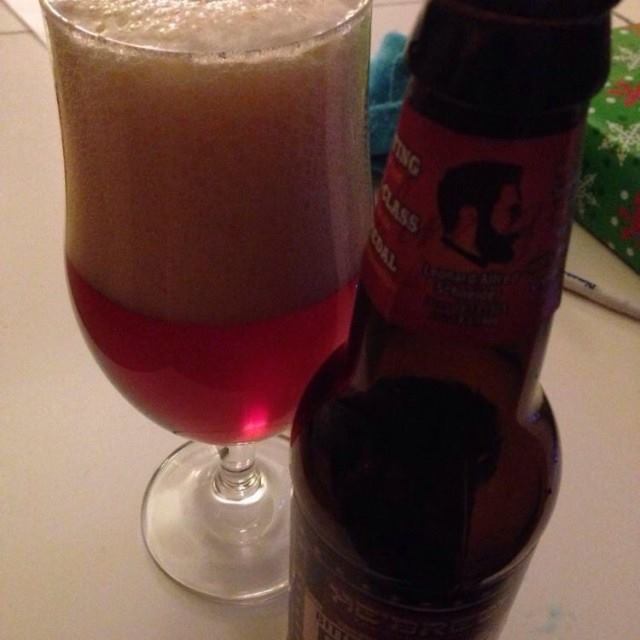


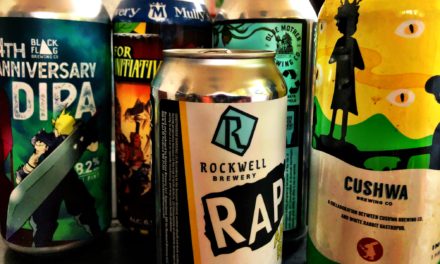
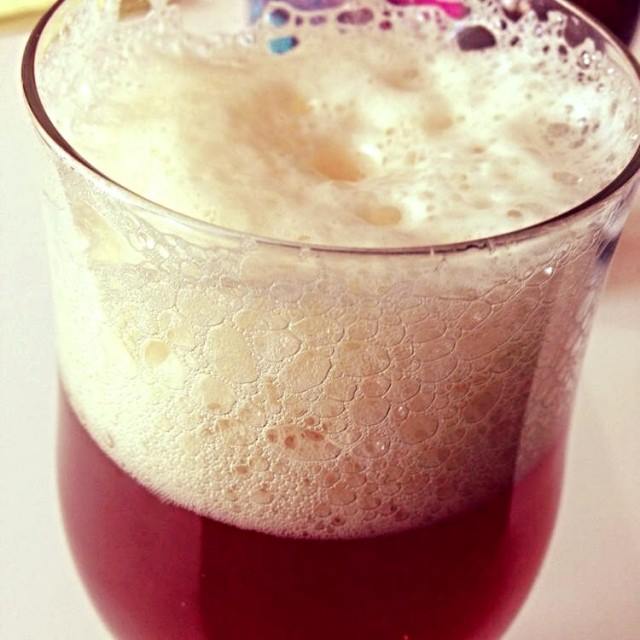




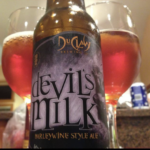
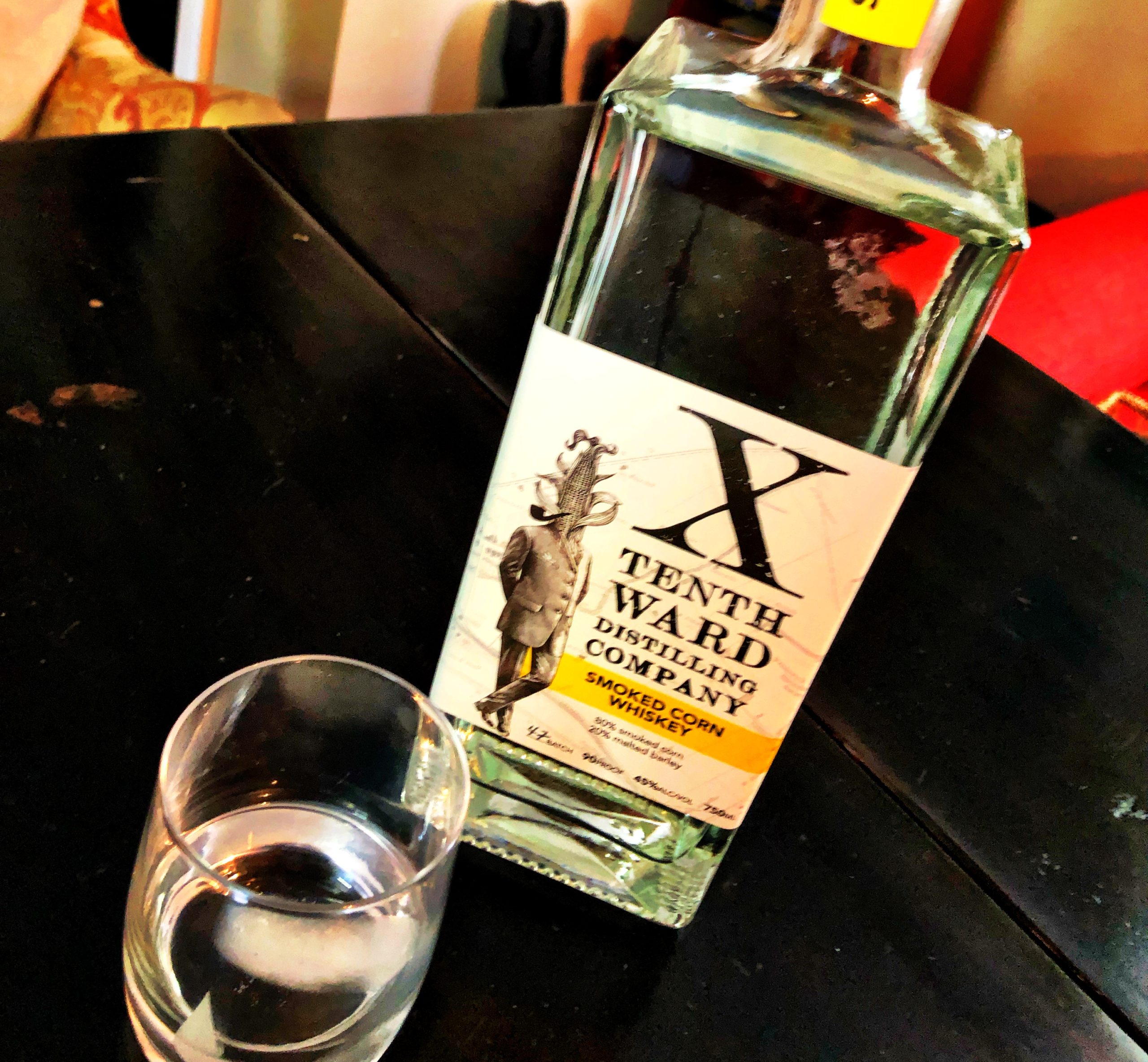

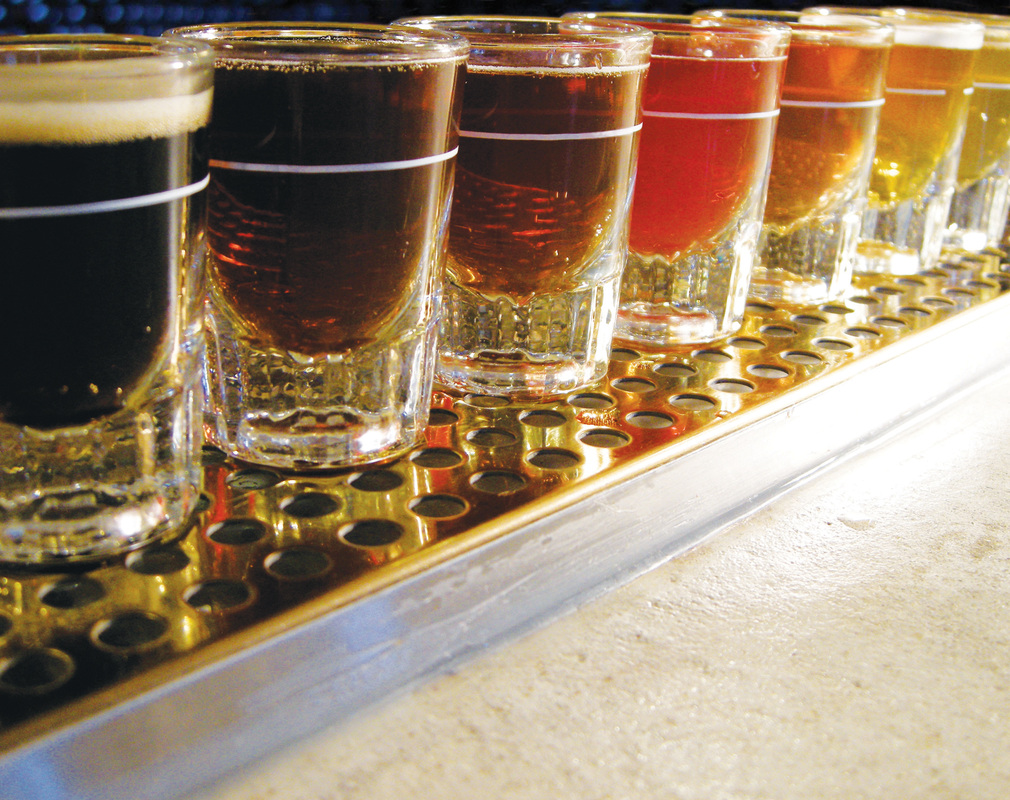
Follow Frederick Behind Bars!